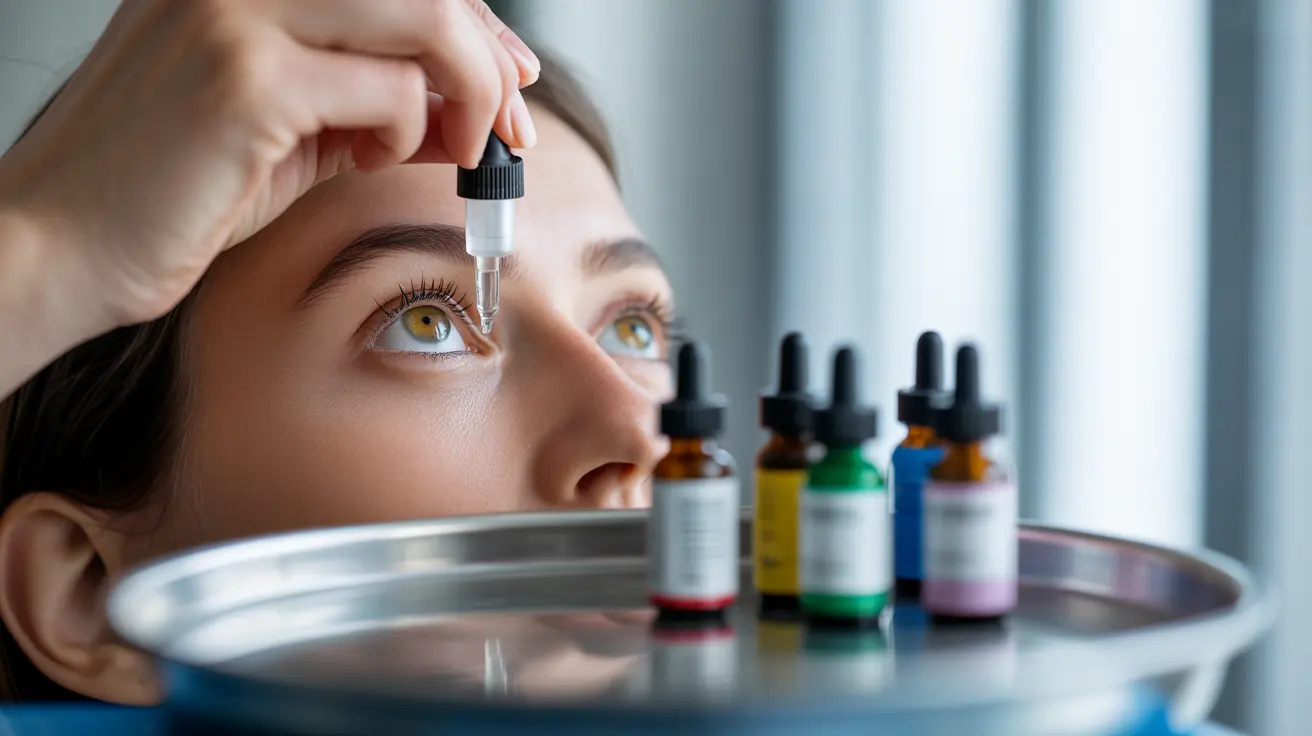Pink eye, or conjunctivitis, can be uncomfortable and concerning, but choosing the right over-the-counter eye drops can help manage symptoms effectively. Understanding which eye drops work best for different types of pink eye is crucial for proper treatment and faster relief.
This comprehensive guide will help you navigate the various over-the-counter options available and understand when professional medical care might be necessary.
Types of Pink Eye and Appropriate Eye Drop Treatments
Viral Conjunctivitis Treatment
Viral pink eye, the most common form, typically doesn't require medication and will clear up on its own. However, certain OTC options can provide symptom relief:
- Artificial tears for lubrication
- Preservative-free lubricating drops
- Cold compress in conjunction with drops
Bacterial Pink Eye Management
While bacterial conjunctivitis often requires prescription antibiotics, some OTC options can help manage symptoms while waiting to see if the condition resolves naturally:
- Sterile saline eye drops
- Lubricating eye drops
- Preservative-free options for sensitive eyes
Allergic Conjunctivitis Solutions
Allergic pink eye responds well to specific types of OTC eye drops:
- Antihistamine eye drops
- Mast cell stabilizer drops
- Combination antihistamine/mast cell stabilizer products
Safe Usage Guidelines for Pink Eye Drops
When using over-the-counter eye drops for pink eye, follow these important safety measures:
- Always wash hands before and after application
- Use separate drops for each affected eye
- Never share eye drops with others
- Replace drops after the infection clears
- Check expiration dates before use
What to Avoid When Treating Pink Eye
Certain eye drops can worsen pink eye symptoms or delay healing:
- Redness-reducing drops (can cause rebound redness)
- Expired eye drops
- Products containing vasoconstrictors
- Drops previously used for other eye conditions
When to Seek Medical Care
While OTC treatments can be helpful, certain situations require professional medical attention:
- Severe eye pain
- Vision changes
- Symptoms lasting more than 7 days
- Green or yellow discharge
- Light sensitivity
- Eye inflammation that worsens
Frequently Asked Questions
What are the best over-the-counter eye drops to relieve symptoms of pink eye?
The best OTC eye drops depend on the type of pink eye. Artificial tears and lubricating drops work well for viral cases, while antihistamine drops are effective for allergic conjunctivitis. Preservative-free options are gentlest on the eyes and suitable for all types.
Can antibiotic eye drops cure bacterial pink eye, or do most cases clear up without them?
Most cases of bacterial pink eye will clear up on their own within 7-14 days. While OTC antibiotic eye drops aren't available, prescription antibiotics may be necessary for severe cases or if symptoms don't improve after a week.
Are antihistamine or mast cell stabilizer eye drops effective for allergic conjunctivitis?
Yes, both antihistamine and mast cell stabilizer eye drops are highly effective for allergic conjunctivitis. Combination products containing both ingredients often provide the best relief for allergy-related pink eye symptoms.
Why should redness-reducing or decongestant eye drops be avoided for pink eye?
These drops can cause rebound redness when stopped and may mask important symptoms. They can also irritate already inflamed eyes and potentially delay proper healing of the infection.
When should I see a doctor for pink eye instead of relying on home treatment or OTC eye drops?
Seek medical attention if you experience severe pain, vision changes, light sensitivity, symptoms lasting more than a week, or thick yellow/green discharge. Also consult a doctor if you have a weakened immune system or pre-existing eye conditions.




